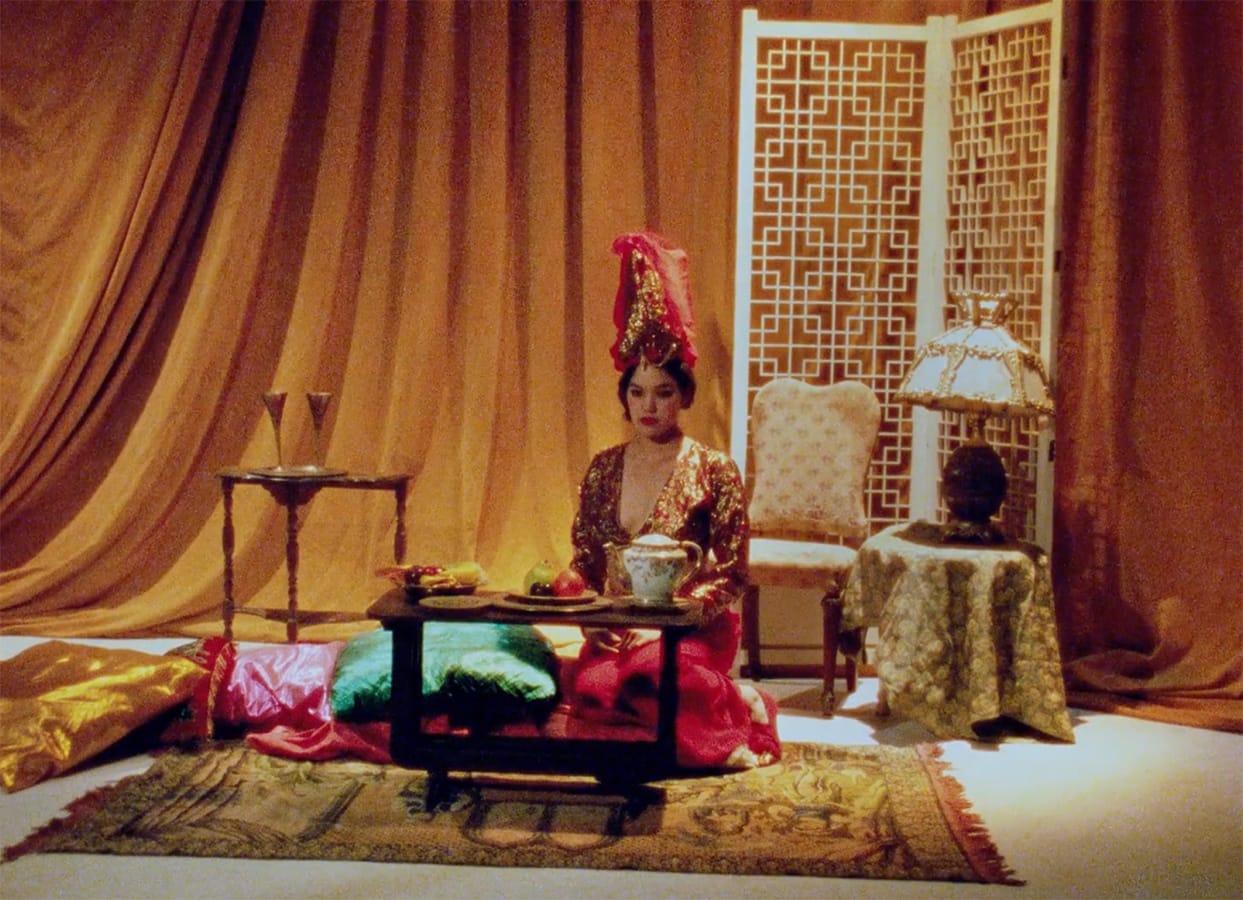RELATED ARTICLE
Designing for the Screen: An Interview with Jack Fisk
The Criterion Collection

In Anna Biller’s vibrantly colored fantasias, there’s not a glimmer of a sequin that hasn’t been envisioned by the artist herself. A writer, director, actor, producer, editor, composer, costume and production designer, and set decorator, she’s a one-woman studio, building a cinematic world that centers female pleasure and eschews the conventions of a male-dominated industry. With images that are saturated with exquisite detail, she pays tribute to a vast repertoire of influences, including old Hollywood musicals, Hitchcockian thrillers, the art-house erotica of Radley Metzger, and the romances of Jacques Demy.
Biller, who was born and continues to live in Los Angeles, has been making films for almost twenty years now, but it wasn’t until the release of her 2016 cult sensation The Love Witch—a horror-fantasy about a spell-casting seductress undone by romantic obsession—that she emerged from the underground to enchant a wider indie audience. Beginning this week on the Criterion Channel, we’re hosting a retrospective that gives viewers a chance to catch up with that film as well as her first feature, Viva, a hyper-stylized evocation of classic exploitation cinema that chronicles the sexual evolution of a bored housewife. Biller’s artistry is also vividly on display in a trio of early short films that round out the series: Three Examples of Myself as Queen, a surreal “retro-fantastic feminist anthem” that casts the director-star as an Arabian ruler, a candy-colored queen bee, and a romantic princess; The Hypnotist, an ode to Hollywood melodramas; and A Visit from the Incubus, a psychosexual horror film draped in the look of a musical western.
In anticipation of the series launching on the Channel, I had a conversation with Biller over e-mail about the costume and production design in her films, and how her process has evolved over the course of her career.

With Three Examples of Myself as Queen, you seemed to arrive as a filmmaker with a distinct and fully formed aesthetic and sense of design. I’m curious to know more about where that came from and how you first started to develop your taste.
I watched almost exclusively classic movies when I was a kid. I was bottle-fed Busby Berkeley, noir films, and musicals, because my mother was obsessed with them. She worked from home designing clothes and had these movies on all the time, and I got so I didn’t want to watch anything else. I’d literally leave the room if a newer movie came on. So I absorbed the glamour and fashions from these films, and the sense of design. I was also quite influenced by my father’s paintings, and he was inspired by Fauvist and Expressionist painters. Later as a teenager I started to get into foreign cinema, and became obsessed with Kurosawa, Renoir, Cocteau, Demy, Dreyer, Rossellini. All of these movies had a huge impact on me. I love the stillness and pageant-like qualities of a lot of this cinema, the way the mise-en-scène was used to create atmosphere.
What does the experience of visual pleasure on-screen mean for you?
The reason I became interested in visual pleasure as a concept is because of Laura Mulvey’s challenge (I took it as a challenge, anyway) to create a cinema of visual pleasure for women. That essay made me think of all of the things that are pleasurable for me, and really freed me from trying to copy things that are current or that other people are doing, especially all of the macho, violent, nihilistic, or even minimalist work that has been so popular in my lifetime. It’s such a personal thing, what gives me pleasure, and I enjoyed the illogic of combining all of these different kinds of pleasure into a movie. It seemed a bit naughty to work like that, especially since working from my fantasies makes my films so odd sometimes. But it’s working from a kind of truth.
Because your films are so beautifully detailed, I’m wondering how you start building these worlds for the screen. What is your research process like?
I usually start with a visual element—like Playboy magazines for Viva or pulp novel covers for The Love Witch—and then start creating a world in my mind around those images. That world grows bigger and bigger as I try to craft something coherent.
Sometimes I start with character and try to figure out who these characters are, what they might wear, where they might live, etc. Then I go into my cinema and interior decorating fantasies and lay those on top of the characters. Or sometimes I start with a world, such as the world of 1930s glamour or 1970s interior decorating, and characters spring from that world. Either way, I watch lots of movies and look through lots of decorating books. I draw and gather pictures and buy fabric and shop and storyboard and paint. The process is a bit like creating an art installation. But it always comes out as an intense amalgamation of character and design.

Stills and on-set photos from The Love Witch (2016), some pictured alongside the images that inspired them

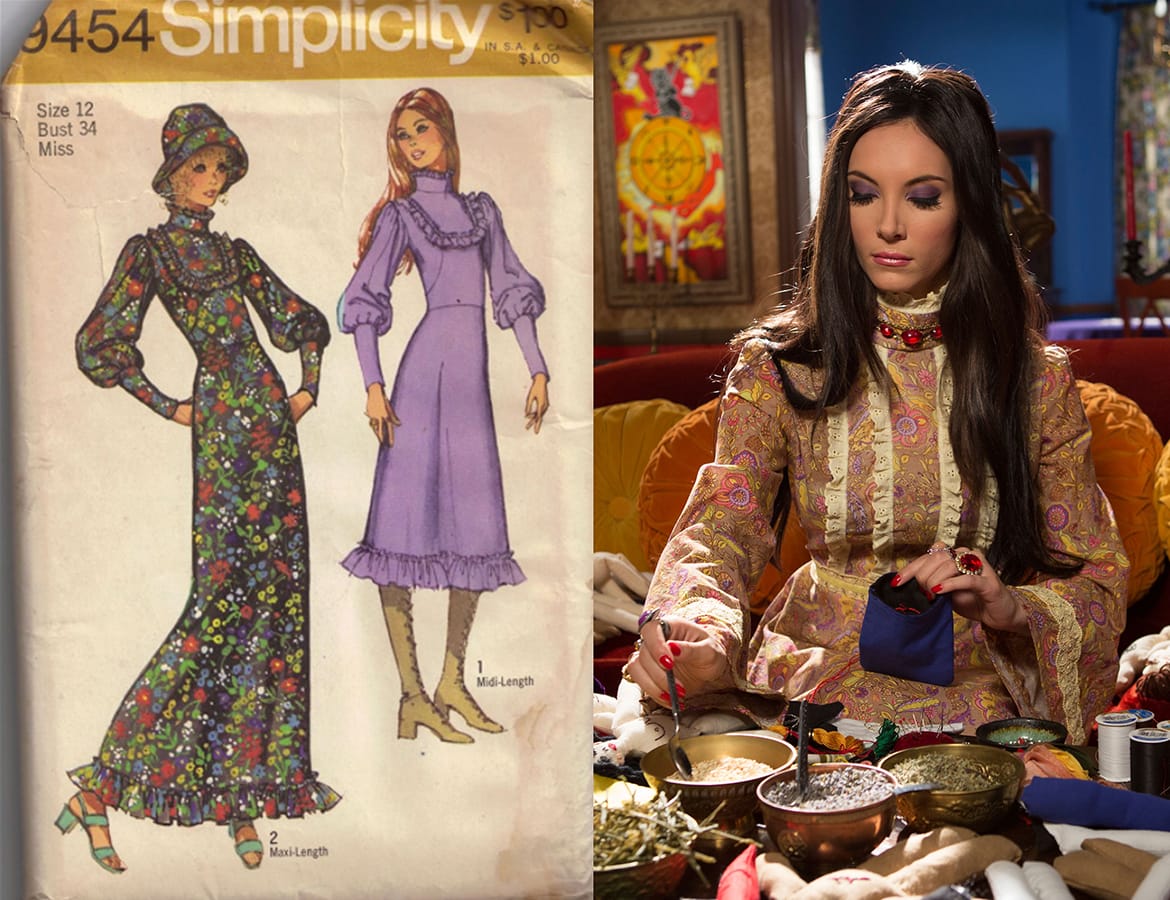







Stills and on-set photos from Viva (2007)









Stills from A Visit from the Incubus (2001)







Stills from The Hypnotist (2001)


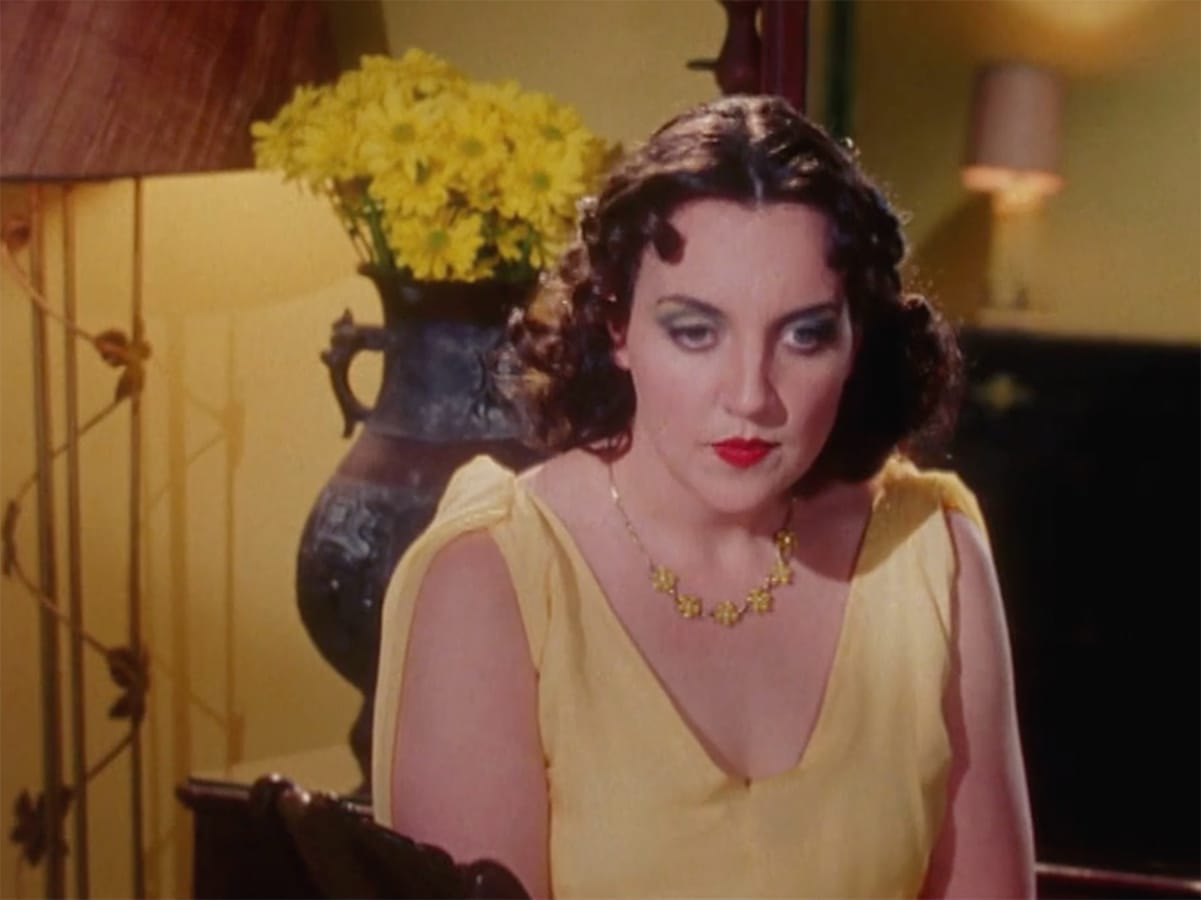
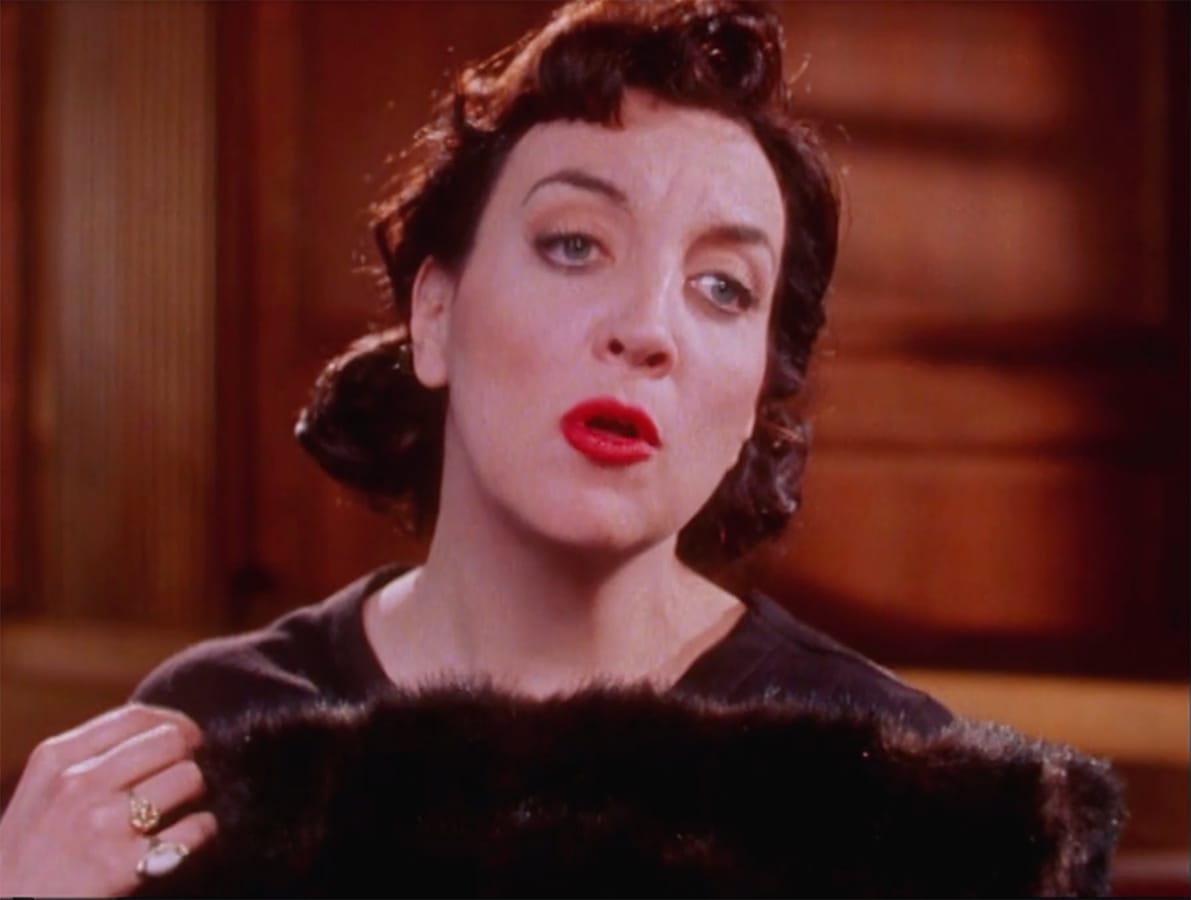


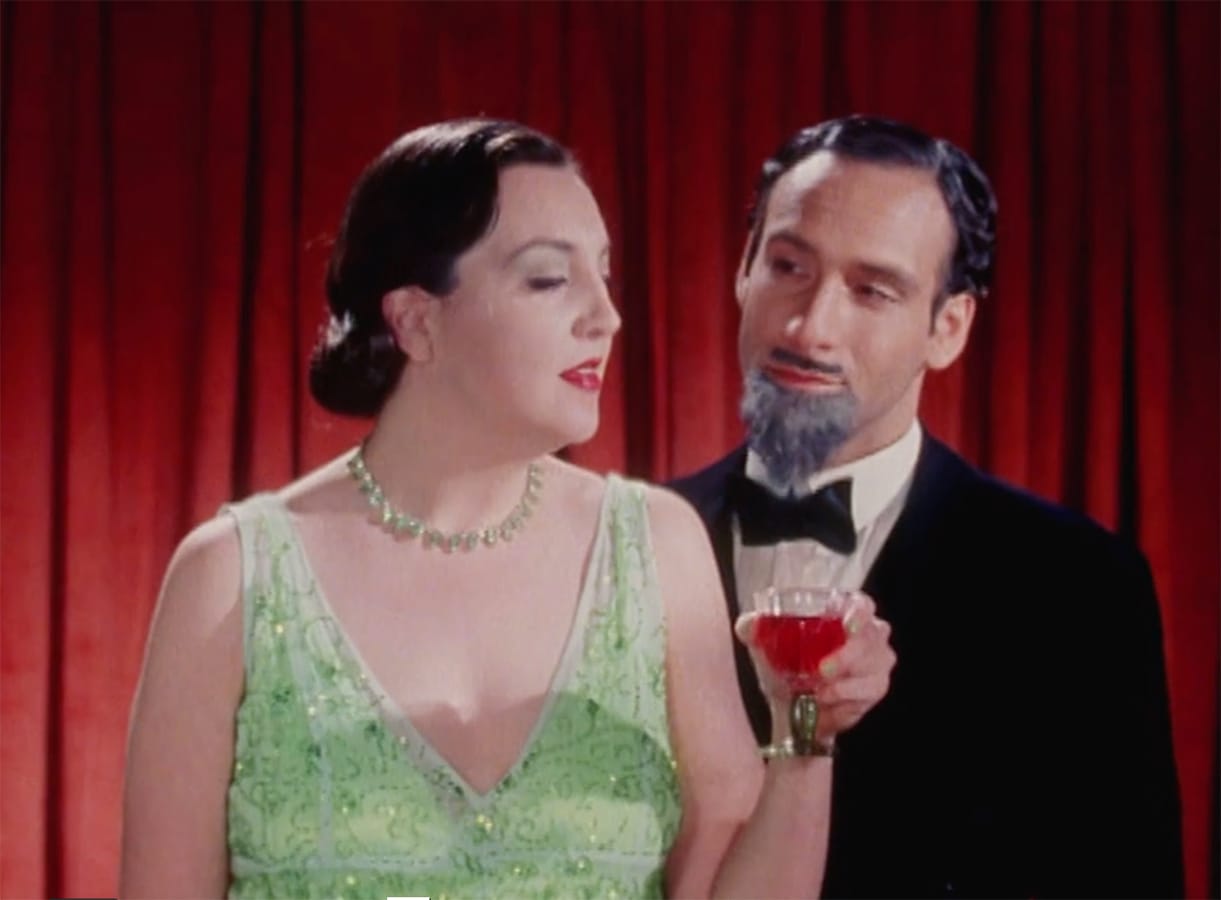


Stills from Three Examples of Myself as Queen (1994)



